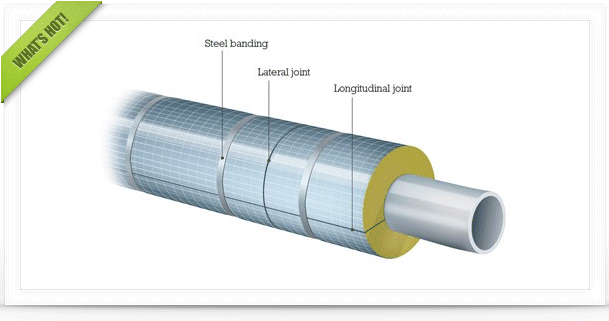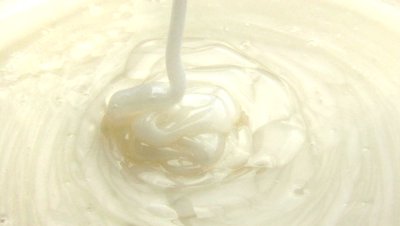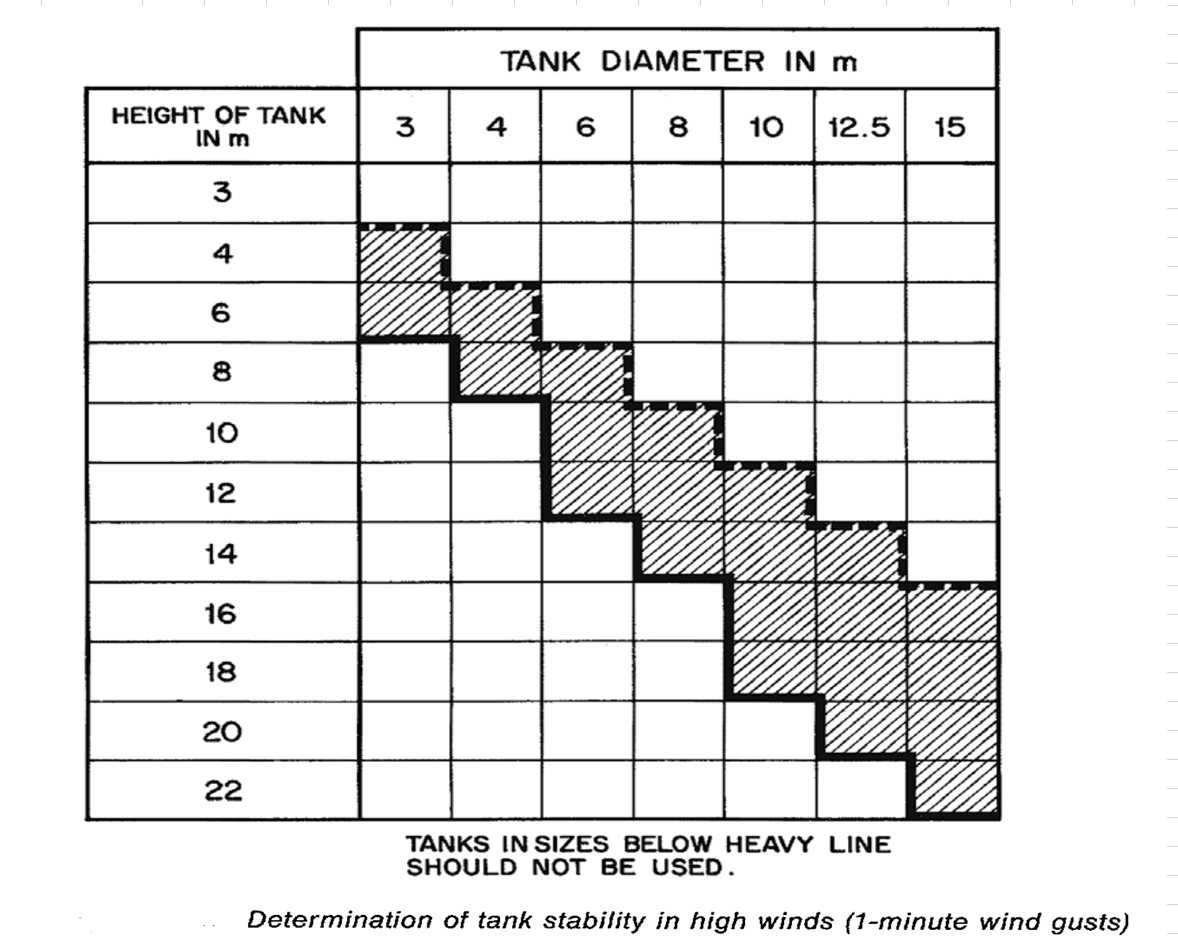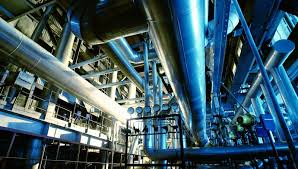Approaching the same number of years as the number I wore on my high school football jersey, I still am impressed by the present state of many engineers struggling to cope with the term “Standard Conditions” for gases.
The best explanation – and the one I never forgot – was the one given by Brother Frederick, my high school chemistry teacher in 1955: “All gases are composed of molecules. Molecules are composed of mass. Since this mass exists in the gaseous state, it is very difficult to describe it in mass units – since the gas volume will vary depending on its temperature and pressure. Therefore, we will use a standard gas condition of 22.4 liters of gas measured at 0 ºC and 1 atmosphere pressure being the volume of one mole.”
I had no problems with that explanation. However, in college I got into other temperature and pressure definitions for Standard Conditions (S.C.). And when I started my engineering career in the compressed gas industry, S.C. got even more confusing and varied! But I soon learned what was causing all the fuss and confusion: “Different strokes for different folks”.
S.C. is as varied as the world’s languages and religions. There is NO universal standard – and there probably never will be. The realization of this situation is discovered by those of us who have had to enter into legal contractual documents regarding the purchase-sale of compressed gases – such as pipeline natural gas. The lawyers – not engineers – dominate the definition of S.C.
But the necessity of defining gaseous conditions still haunts us engineers – choke flow, compressible flow in pipes and its pressure drop, volumetric flow in machinery, etc., etc.
As long as we openly and explicitly state the pressure and temperature defining a gaseous state, we should never have any problems understanding each other. Latex says it all.
To give you an idea of how long this “problem” has been discussed, refer to the attached documents. I hope you enjoy the comments given.
 Standard conditions.docx 30.85KB
37 downloads
Standard conditions.docx 30.85KB
37 downloads
 Standard Gas Conditions for Temperature and Pressure.docx 53.8KB
32 downloads
Standard Gas Conditions for Temperature and Pressure.docx 53.8KB
32 downloads

 FB
FB















